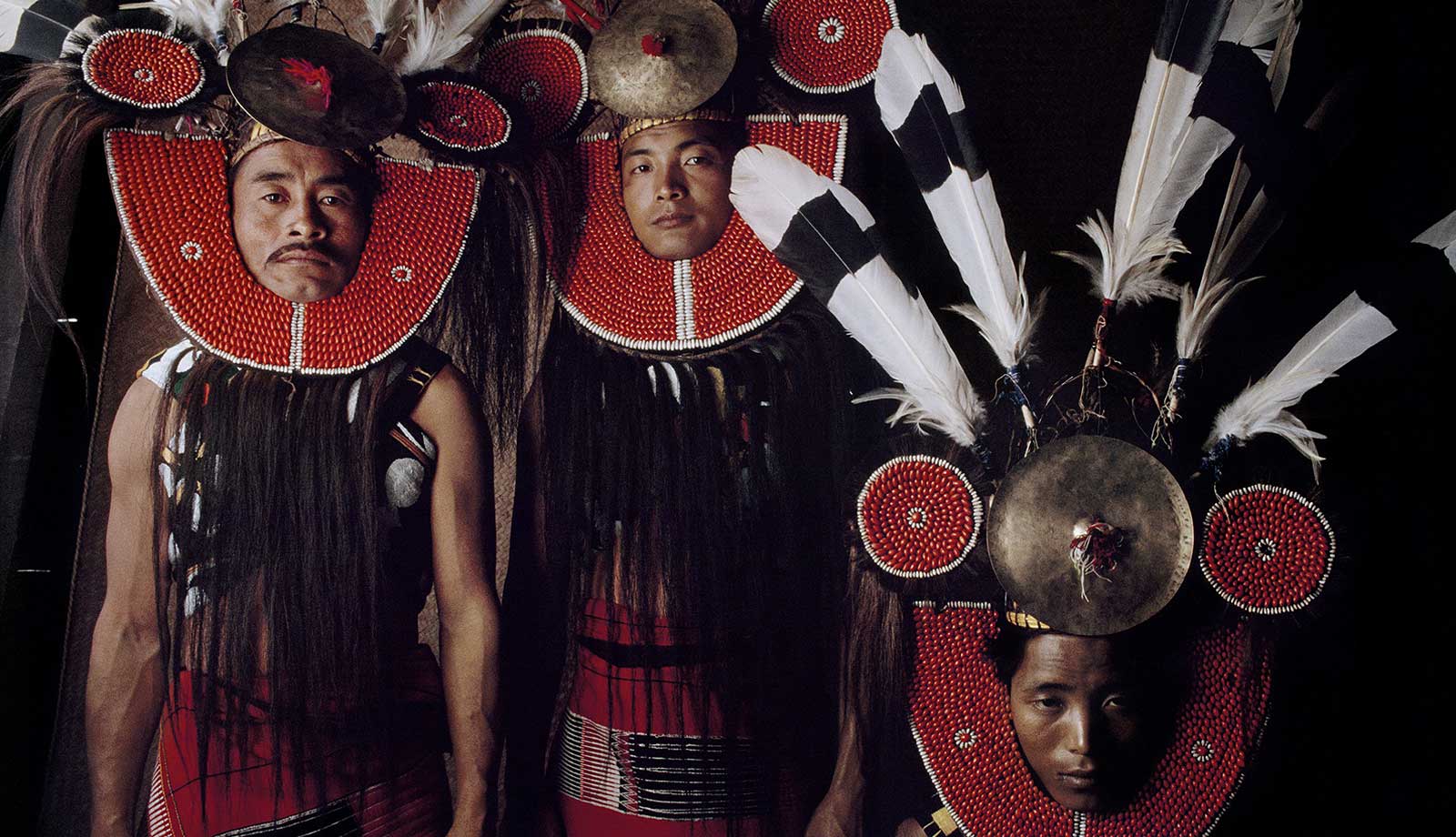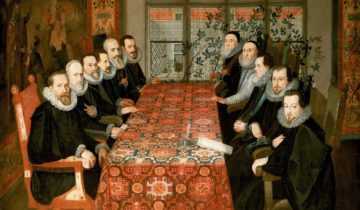A conglomeration of several tries that live on the border of India and Myanmar, the Naga still bring the traditions of their ancestors despite changes resulting from interactions with missionaries, governmental pressures, time and technologies, and general 21st century development. However much they’ve left behind some of their practices of a previous age, and however much pressure they’ve been put under, these tribes remain somewhat unusual for the modern era. These people are amongst the most colorful in India: The Naga.
“India’s Headhunters”
The Naga people are amongst some of the most unusual tribes still living today in India. So much of their modern-day color comes from the traditions ofr their past. The Naga are amongst some of the most unusual tribes still living today in India. So much of their modern-day color comes from the traditions ofr their past. Today there are 17 official Naga tribes, and while of course they remain a part of the modern world, there is something quite different about how they approach it. Their traditions, clothing, and daily lives are still totally unique!
Until relatively recently the Naga tribes were still involved in the traditional practice of headhunting. They would decorate their houses with the skulls of defeated enemies, thus displaying their power to the world. This conquest was of the utmost importance for the Naga and as a result was represented on the necklaces worn by the males of the tribe. The necklace was one of the ways Naga men were able to display the number of enemies that they had been able to vanquish. The fact the these necklaces thus represent the tribe and also are such an exquisite display of handcraftsmanship is what gives them so much value.
In the 20th century, due to missionary activity and government pressure the Naga no longer perform such traditions. Along with this, the Naga today are slowly but surely leaving behind the tradition of using these stunning necklaces.




 No products in the cart.
No products in the cart. 